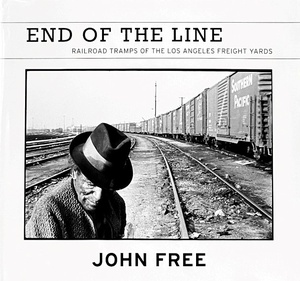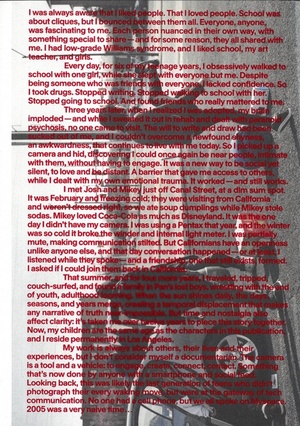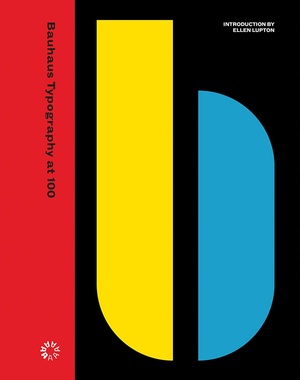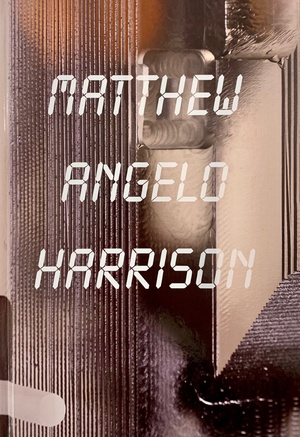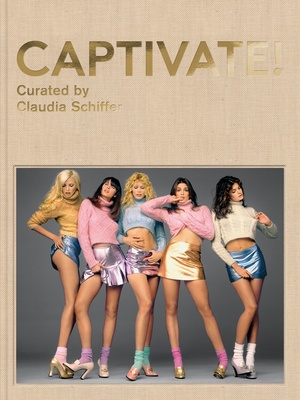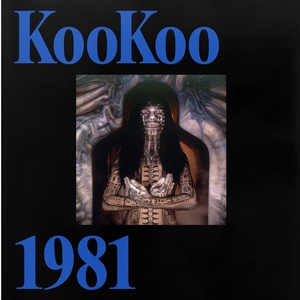
Book of the Day > Chris Stein / HR Giger: Kookoo 1981
● Purchase ● Published on the 40th anniversary of Debbie Harry’s debut solo album KooKoo (1981), this book collects a rarely seen and unpublished body of photographs by Chris Stein (American, b. 1950), capturing the alchemy of the collaboration between artist H.R. Giger and the Blondie frontwoman and lead vocalist.
Largely taken on the nightmarish sets designed by Giger while working on the cover art and video clips for the album, these photographs by Stein—Blondie’s co-founder and guitarist and Harry’s life-long creative partner—provide unprecedented access to Giger’s charismatic presence and creative process, which unfolded across a wide array of mediums including airbrush painting, sculpture, scenography, concept design, and performance.
The book, designed by Swiss-based art direction firm Kasper-Florio with Samuel Bänziger and featuring a foreword by Alessio Ascari and an essay by Stephanie LaCava, will launch in Berlin with an exhibition at Reference Studios.
As LaCava writes in her essay, “Stein’s photos are essential to Giger’s legacy as an artist, and less so as evidence of celebrity friends. These images secure Giger as the maker of proto-special effects, by showing that they are not special effects at all. These are real objects, props and stylings, not animation, files, or digital ledgers. Giger would further this by acting out the physicality of old school illusion with the sarcophagus, his rabbit in the hat. The story is part of the performance.”


